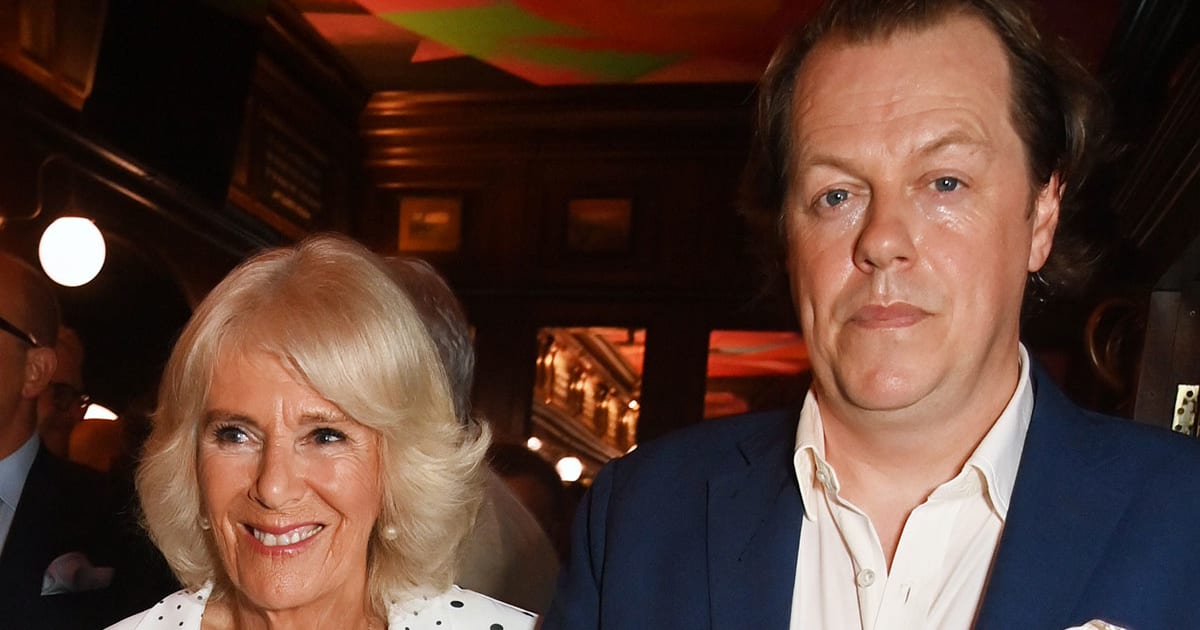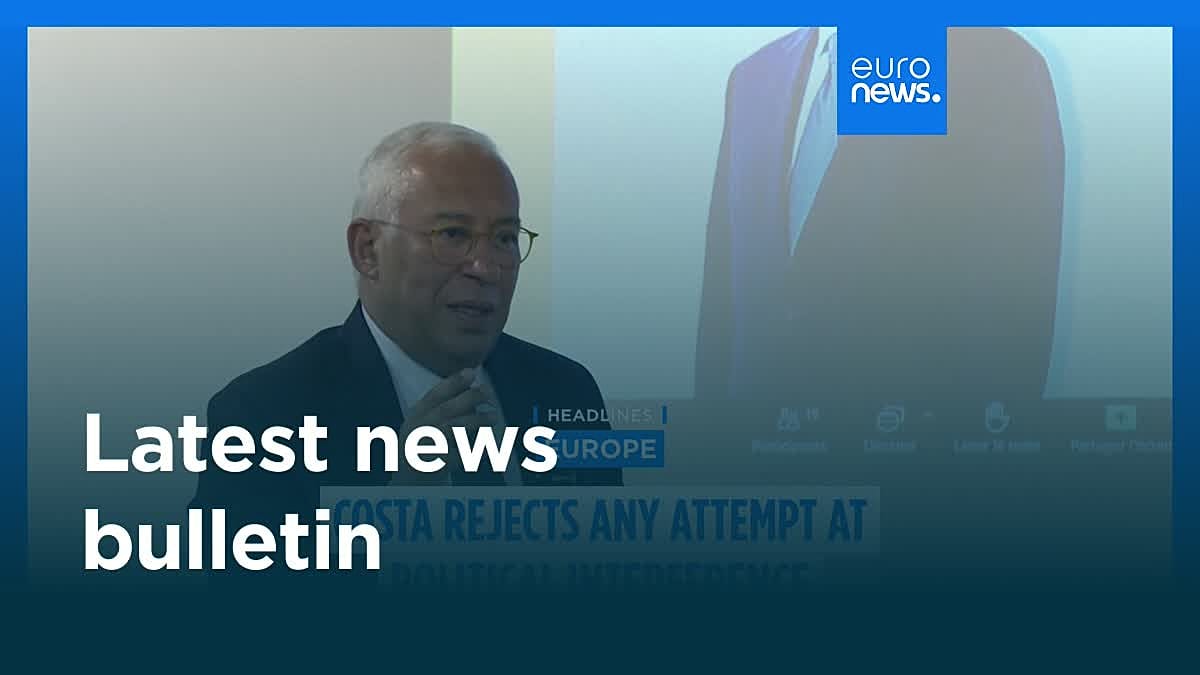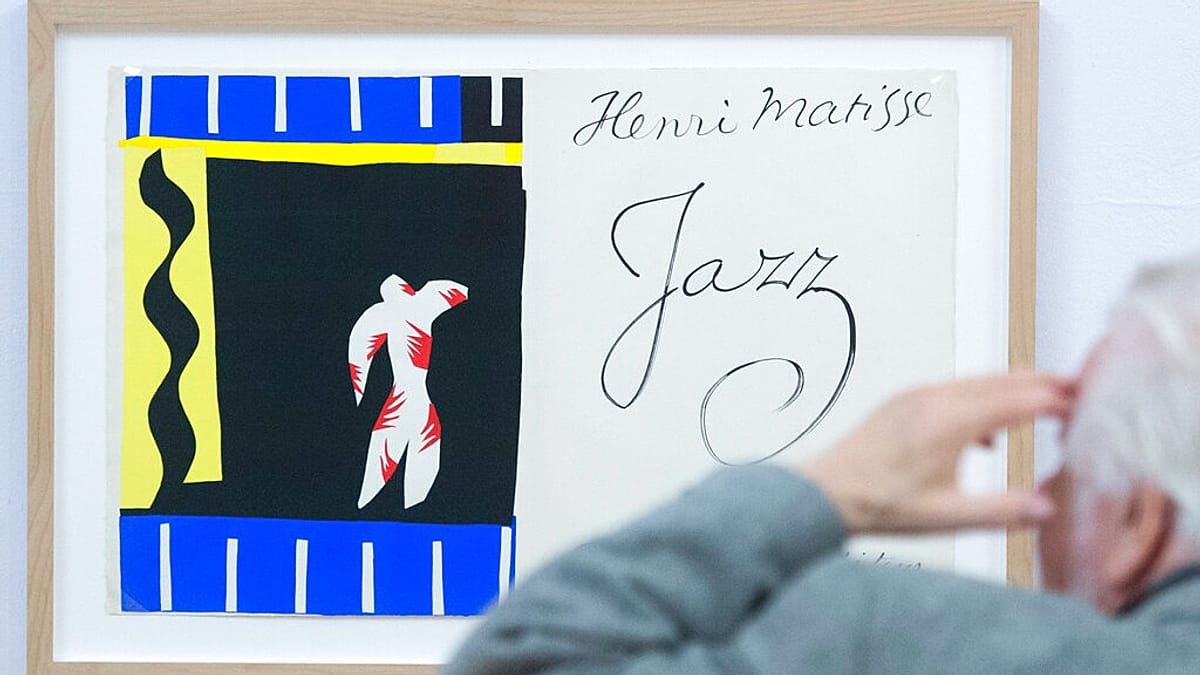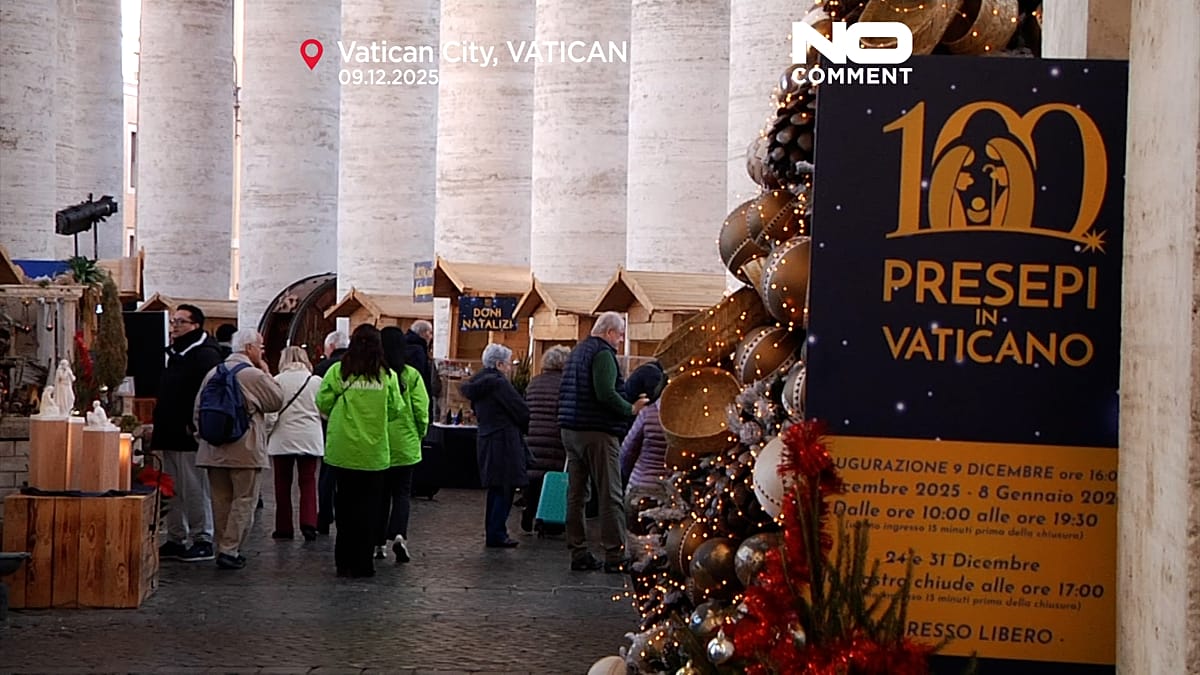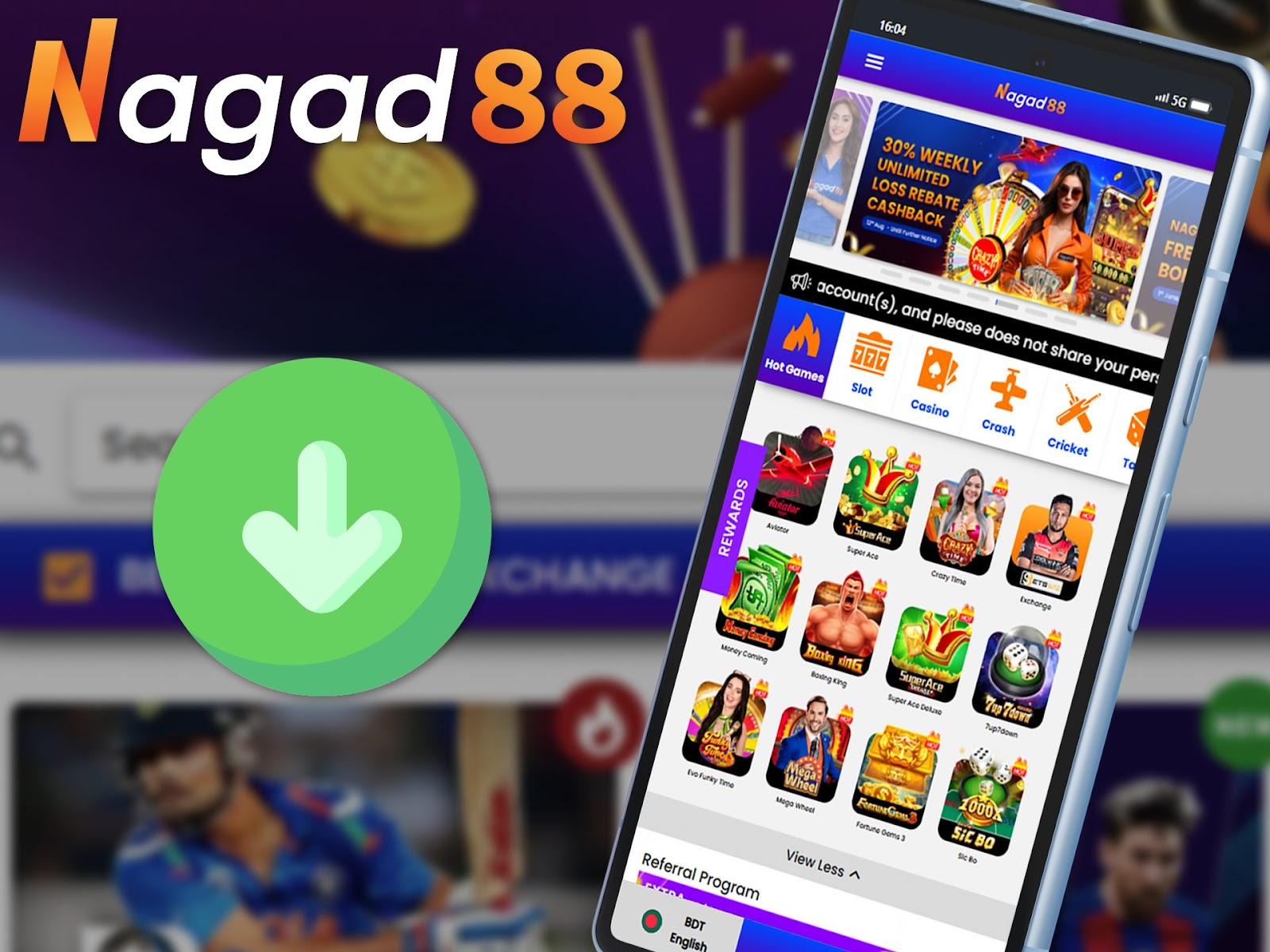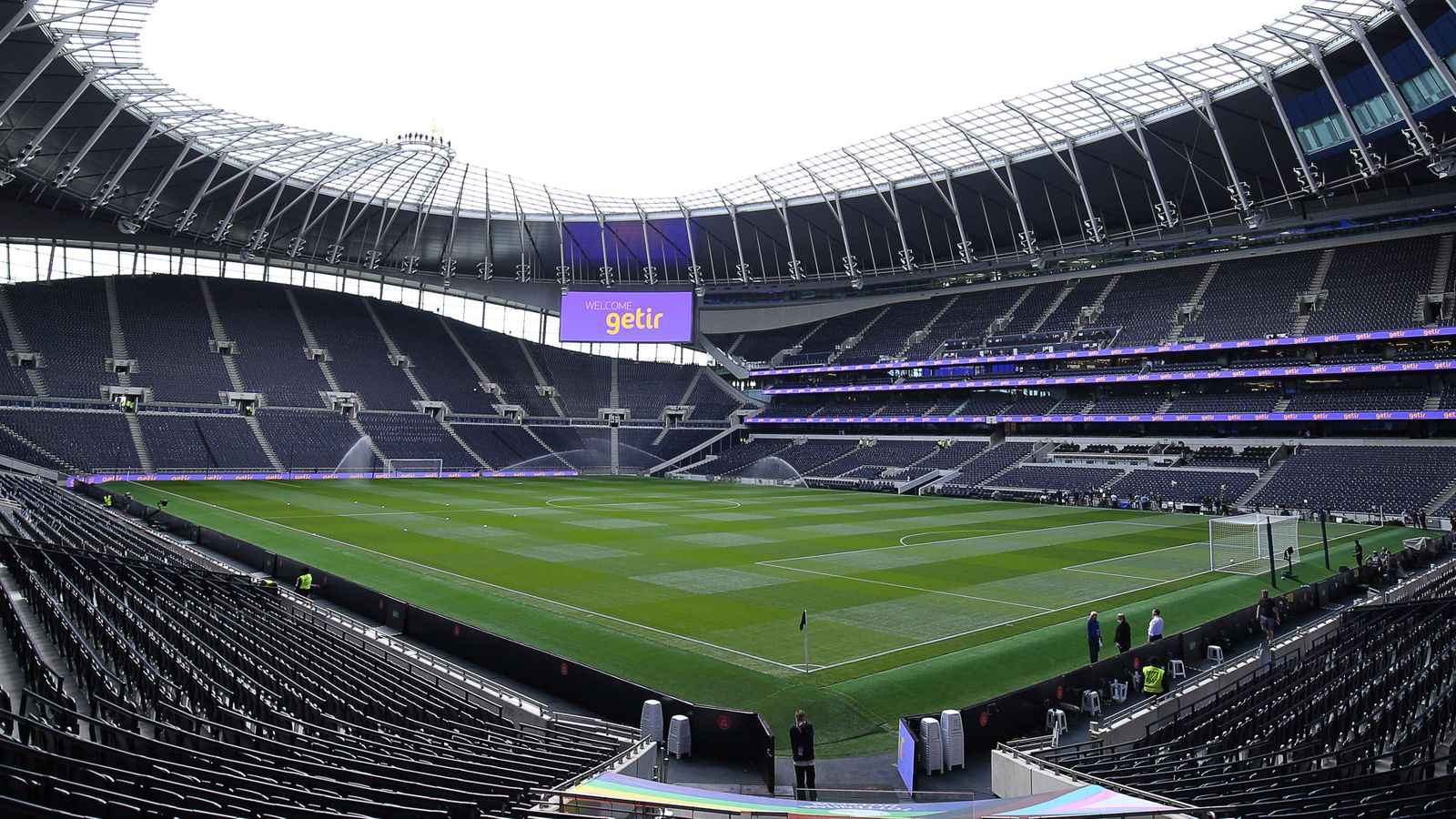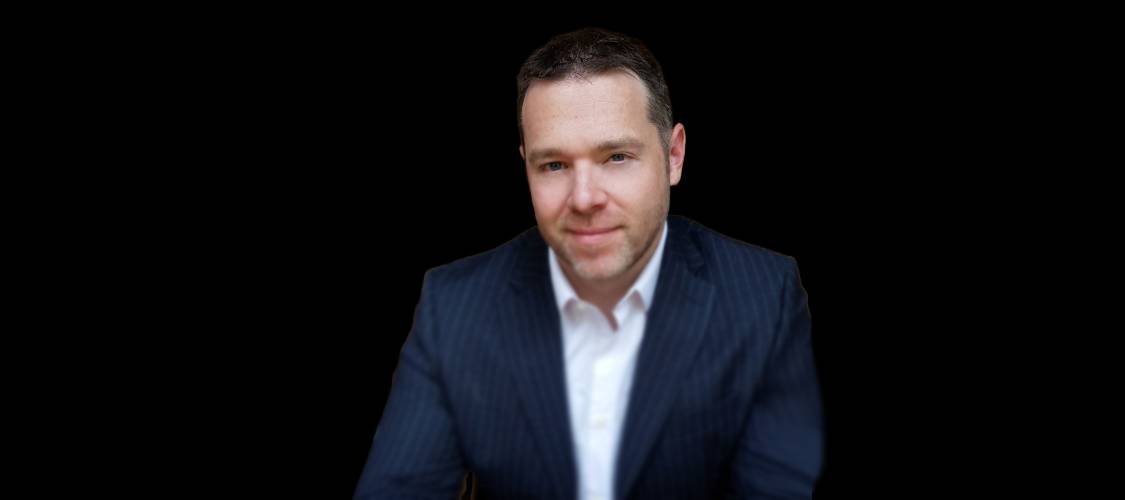How the Galácticos Changed the Transfer Market
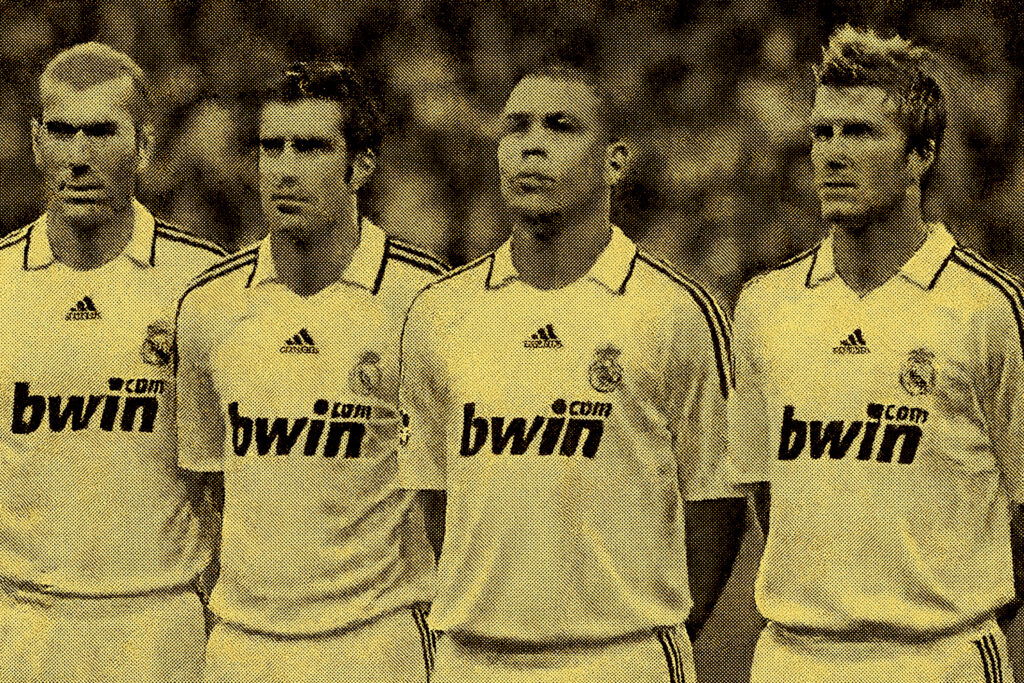
There was a time when footballers were just athletes. Then came Florentino Pérez and the Real Madrid Galácticos project, and suddenly they were box office. Between 2000 and 2006, Madrid didn’t just sign footballers, they signed global icons. Luis Figo, Zinedine Zidane, Ronaldo, Beckham, and later Michael Owen. The Bernabéu became less of a football pitch and more of a red carpet, and the transfer market has never quite recovered.
The Birth of the Galáctico
When Florentino Pérez took charge in 2000, he promised glamour. He saw football not as a game, but as a global entertainment empire waiting to happen. His first act was poetic and villainous all at once: he stole Luis Figo from Barcelona. That single act set the tone. Real Madrid were not only going to win trophies, they were going to dominate headlines.
The club’s philosophy was simple: one superstar per year. It was capitalism in shin pads. Pérez realised that a £50 million player could pay for himself through shirt sales, sponsorships, and worldwide adoration.
The Line-up That Sold a Dream
By 2003, Madrid looked more like a FIFA Ultimate Team fantasy than a football squad:
-
Zinedine Zidane – the artist.
-
Luis Figo – the traitor turned talisman.
-
Ronaldo Nazário – the goal machine.
-
David Beckham – the marketing dream.
Even Michael Owen showed up at one point, as if he’d wandered in from a different film. The logic wasn’t entirely tactical, but that wasn’t the point. Madrid weren’t just selling tickets, they were selling an idea: football as global entertainment, not merely sport.
The Economics of Stardom
Before the Galácticos, football transfers were expensive but sane. After them, sanity left the chat. Real Madrid proved that a club could recoup a massive transfer fee through brand power alone. Beckham’s signing was the perfect example. On the pitch, he was solid but not sensational. Off the pitch, his shirts sold faster than tapas in the Plaza Mayor.
Clubs started seeing players as assets rather than athletes. Marketing departments gained more influence than scouts. Transfers became financial manoeuvres as much as sporting ones. The ripple effect is still felt today every time a social media team tweets a player reveal with cinematic flair.
Tactical Casualties and Dressing Room Politics
The footballing side wasn’t always smooth. Too many egos, not enough balance. Claude Makélélé, the unsung hero, was sold in 2003 because he wasn’t marketable enough. Zidane famously said Madrid had removed the “engine” from their Ferrari. The result was predictable: dazzling football, but no Champions League glory after 2002.
Still, the spectacle was irresistible. Real Madrid became football’s Hollywood. Winning might have wobbled, but the world was watching.
The Galáctico Legacy
The Galácticos changed everything:
-
Clubs learned that image could be as valuable as impact.
-
Agents became power brokers.
-
Transfer fees inflated beyond reason.
-
Players began building personal brands before they even broke into first teams.
The modern football economy, complete with social media stars, commercial clauses, and astronomical wages, owes much to Pérez’s early-2000s vision. Even clubs that mock Madrid’s approach have quietly borrowed from it.
From Spectacle to Standard
What was once audacious has become standard practice. Manchester United’s Cristiano Ronaldo return, PSG’s galactic trio of Neymar, Mbappé, and Messi, and even Saudi Arabia’s current spending spree all echo the Galáctico playbook.
Real Madrid may have set out to build a team of stars, but in doing so, they built the template for the modern football business.
TIF Takeaway
The Galácticos weren’t just a football team, they were a marketing revolution disguised as a midfield. They turned transfer windows into summer blockbusters and made footballers into pop culture icons. Whether you think they saved the sport or sold its soul depends on your view of what football should be. But one thing’s certain, after the Galácticos, football stopped being just a game. It became an event.

















